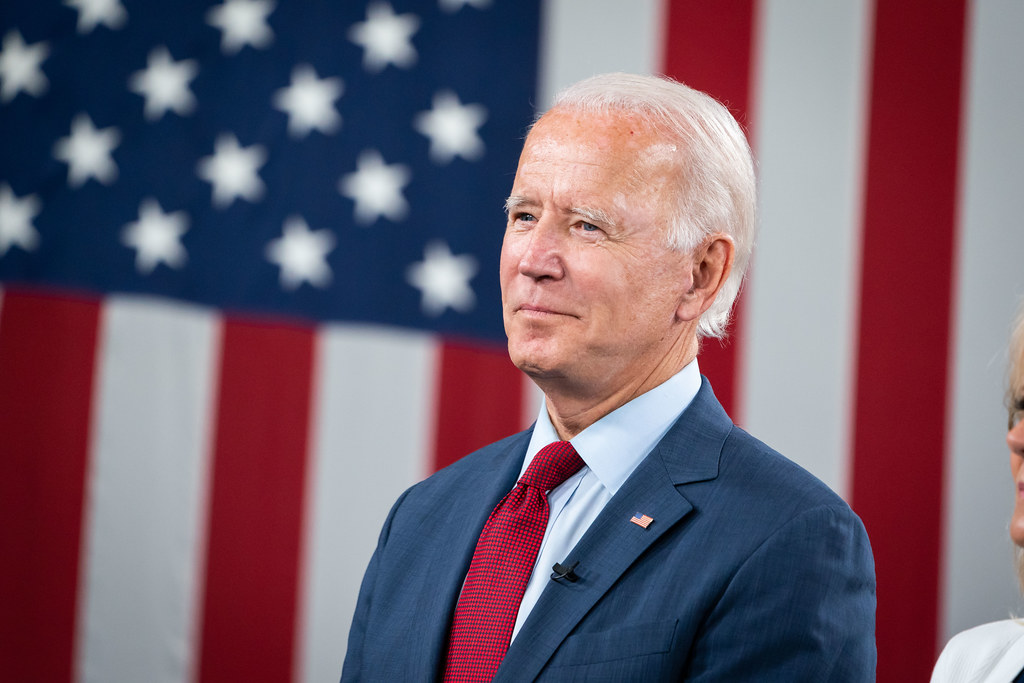Biden Abolishes Reagan-Era Labor Rule, Increasing Worker Pay

Summary:
- The Biden administration reintroduces a labor rule originally abolished in the Reagan era.
- Construction workers on federal projects will now earn wages reflective of local standards.
- The rule is expected to influence compensation for thousands, potentially driving up average construction wages by 10-20%.
- Republicans, echoing sentiments from the 1980s, are poised to challenge the rule legally.
Unpacking the Rule and its Real-World Impact
The Biden administration’s recent labor rule change seeks to remedy wage disparities in federal construction projects, tying wages to local prevailing standards. Historically, this principle aimed to ensure workers on such projects received pay consistent with local economic indicators.
Central to this new change is a significant shift in the calculation of prevailing wages. The rule will now be tied to the wage received by at least 30% of workers. The existing standard, established four decades ago, stands at 50%. The Biden administration advocates that this adjustment will serve as a protective barrier, preventing worker wages from being unduly lowered by employers offering sub-par compensation.
In practical terms, for a state like Maryland, if the prevailing wage for a construction worker is $25 per hour, but federal contractors have been paying $20, this rule mandates that contractors match the prevailing $25 rate. This isn’t merely an additional $5; for many families, this could mean hundreds more each month.
Beneficiaries of this change are primarily construction workers, both skilled and unskilled, laboring on federally funded projects, especially in states where wage disparities were particularly pronounced.
Reagan’s Reshaping of Labor’s Landscape
The Reagan era marked a seismic shift in America’s labor policies, favoring market deregulation over worker protections. The original rule, pre-Reagan, emphasized protecting workers from being undercut by federal contractors offering lesser wages. By tying federal contracts to prevailing local wages, it ensured that workers were not exploited and received compensation reflective of local economic standards.
However, the Reagan administration viewed such regulatory practices as barriers to free-market dynamics. One of Reagan’s most significant policy changes was to alter the “prevailing wage” definition. Rather than linking it to collective bargaining agreements, which typically favored workers, it was associated with broader industry averages, often resulting in lowered wages. This single alteration meant wages dropped on average by 10% on federal projects during his tenure.
Additionally, enforcement mechanisms were relaxed. Penalties for contractors not adhering to the prevailing wage were reduced, and audits became less frequent. The Economic Policy Institute noted a 70% decrease in investigations into wage violations during the Reagan years, leaving countless workers without a safety net.
The Political Backdrop
The revived rule, while celebrated by many worker advocacy groups, has its opponents. Ben Brubeck, vice president of regulatory, labor, and state affairs at the Associated Builders and Contractors, criticized the rule as a “handout to organized labor on the backs of taxpayers, small businesses and the free market”, deeming the regulation as “unnecessary, costly, and burdensome.”
This sentiment isn’t new. It harks back to the Reagan era’s philosophy, championing deregulation and a hands-off approach, positioning it as a means to promote free-market dynamics and economic growth. During the 1980s, critics argued that such rules artificially inflated costs for federal projects, ultimately burdening taxpayers. However, worker advocacy groups counter-argued, highlighting that fair wages meant less reliance on social welfare programs, which would also draw from taxpayer funds.
As we move forward, there are expectations of legal challenges from various quarters, especially from groups that champion deregulated market practices. The potential for a renewed era of courtroom battles over the rightful wages of workers stands as a testament to the persisting ideological divides that have shaped American labor policies.
The Path Forward
Biden’s nod to worker rights signals a significant shift in American labor policy. This rule, potentially impacting thousands, underscores a commitment to recognizing the intrinsic value of the American worker.
However, the journey ahead promises challenges. As legal contests loom, the rule’s ultimate fate and its lasting impact on American labor remain to be definitively charted in the coming years.
Bibliography
- Collins, M. (2023, August 8). Biden to reinstate labor rule shelved by Reagan, giving construction workers a pay boost. USA TODAY. https://www.usatoday.com/story/news/politics/2023/08/08/biden-prevailing-wage-rule-construction-worker-pay/70546760007/
- Harris, L. (2023, August 7). Biden Admin to Restore Labor Rule Gutted in 1980s. The American Prospect. https://prospect.org/labor/2023-08-07-biden-admin-labor-rule-davis-bacon/
- Quinlan, C. (2023, August 9). Biden administration unveils new wage rule for federal construction projects. Maryland Matters. https://www.marylandmatters.org/2023/08/09/biden-administration-unveils-new-wage-rule-for-federal-construction-projects/
- Mangundayao, I., Poydock, M., & Sherer, J. (2022, May 17). EPI comments on DOL’s proposed updates to the Davis-Bacon and Related Acts regulations. Economic Policy Institute. https://www.epi.org/publication/epi-comments-on-davis-bacon-updates-nprm/

